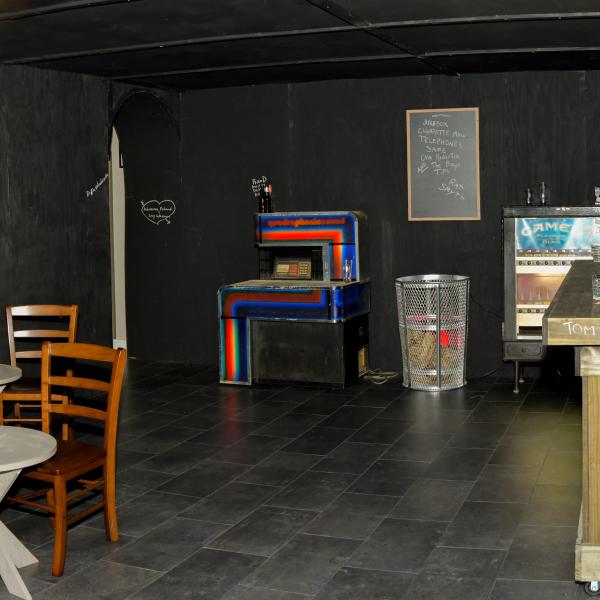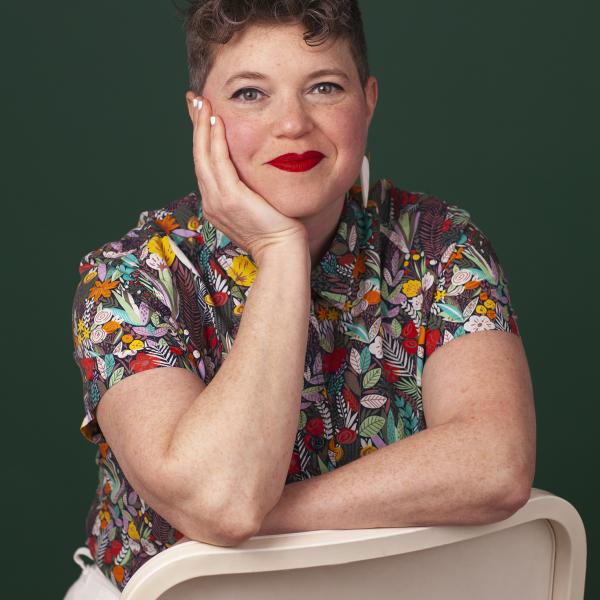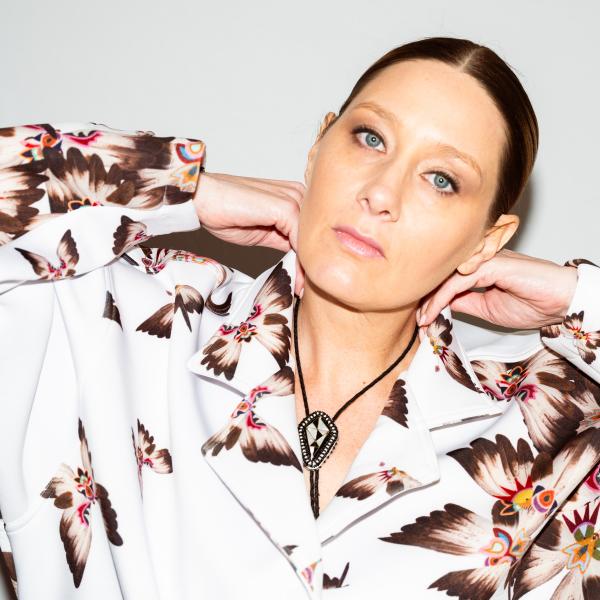Healing, Bridging, Thriving: A Reflection by Krys Holmes of the Montana Arts Council
Arts and culture enrich our lives, our communities, and our nation. In this pivotal moment in our history, there is a growing recognition that the arts reveal new ideas, unlock opportunities, and help us confront the many challenges before us. On January 30, 2024, the White House Domestic Policy Council and National Endowment for the Arts (NEA) co-hosted Healing, Bridging, Thriving: A Summit on Arts and Culture in our Communities, a first-of-its-kind convening to share insights and explore opportunities for arts organizations and artists to contribute to the health and well-being of individuals and communities, invigorate physical spaces, fuel democracy, and foster equitable outcomes. In this blog series, you’ll hear from the many diverse perspectives represented at the event—including government officials, policymakers, artists, advocates, academics, and arts leaders—as they share what ideas and inspiration they took from the experience, and how they’re working to advance a broader understanding of how arts and culture can contribute to other fields and unlock new opportunities for artists.

Krys Holmes. Photo courtesy of Ms. Holmes
I live in Montana, where so much of our wealth is in relationships. The town vet and a coffee barista might have to shovel the mayor’s car out of a snowbank. A public health nurse and a cellist serve together on the local trails committee. This happens everywhere, but in Montana the degrees of separation are very few and this connectivity is a defining characteristic of community life.
So I came to the Healing, Bridging, Thriving Summit excited to hear how the NEA and the White House Domestic Policy Council plan to activate the powers of art to strengthen community life through cross-sector partnerships. Art is a superpower we seldom deploy in community life, and we are the poorer for it. I cheered at the stories about art in economic development, art in transportation, art in environmental justice. I was thrilled to see Renee Fleming’s long and dedicated work on music and the brain spotlighted on the Summit stage.
My favorite moment was when U.S. Surgeon General Vivek Murthy said, “Music can change someone’s mood within minutes. I’ve been prescribing medicine my entire career, and I’ve never seen a pharmaceutical that can do that.” When I was hospitalized for lymphoma years ago, taking massive chemo treatments over 10 months, music was my medicine. It lifted my spirits, yes, but the vibrations and resonances also had a powerful effect somewhere deep in my cells that I believe facilitated my unlikely survival. Art heals.
Art enlivens our capacity to see differently, to deepen our perceptions. In gathering a community of minds around a common purpose, art can impart a transcendent quality to the time we spend together. It’s not the number of notes per minute that makes Barber’s Adagio such a communally stirring experience; it’s the journey we take on that raft of music. Sometimes it’s just the process of journeying together that makes solutions possible. Art empowers.
I have seen community-driven art transform a blighted neighborhood in my town. I’ve watched our Red Ants Pants Festival grow into a regionally significant, community-supported celebration of rural Montana that supports small grants for women-owned businesses thriving off the beaten path. Right now, artists with The Myrna Loy are working in our school district to directly address mental health among students and teachers. I heard a story recently that Montana singer Jack Gladstone had an audience of ranchers, hunters, environmentalists, and wolf-restorers singing and swaying together and even holding hands while singing—though this was a few years ago and alcohol may have been involved. Art transforms.
What happens when we unleash the power of art into our communities, not in service to, but in partnership with? Are our cross-sector community partners ready to see artists as problem-solvers, and arts organizations as powerhouses of innovation? And in light of long-time struggles, exacerbated by the COVID pandemic, do our artists and cultural organizations have the resources and capacities in place to contribute their full potential to community thriving?
Everyone reading this knows the power of art. I am impatient to light a fire under this practice, which has been around for years but has yet to be taken seriously by the majority of our local and national leaders. We have, in almost every community, a powerful resource that builds community, heals brains and bodies, improves school milestones, develops leadership, enhances eldercare, boosts economic vitality, and ennobles our spirits. Why should it be so hard to put this tool to work?
We know that building a nationwide practice of cross-sector partnerships with art at the center will take time and endurance. But we are the people to do it, and now is the time. The NEA and ArtPlace America, that fabulous 10-year placemaking initiative, have built deep roots in this work. This year, the Montana Arts Council is working to launch a small statewide program to support artist-fired partnerships. I had this work in mind when I took this position at the council last year, but it was deeply inspired and shaped by the possibilities and passion I heard at the Summit.
We need to ensure that the concepts lauded at the Summit will translate into adequate resources on the ground. We need to ensure that federal agencies across government are including artists, designers, and cultural institutions into their strategies and grant programs in support of local communities. We need to develop trainings and toolkits to move artists out of their studios and into crosswalks and clinics and parks and main streets—and funding to keep them in peanut butter when they do. And I think we should ground this work in the rural West, where resources are lean and funders are few—but where relationships are the tie that binds. Those are my people. Those are the communities I want to empower.
One of my favorite moments in Montana history was in about 1900, when rancher’s son, Homer Goodell, rigged up a home-built gas engine on a buggy and strapped it to their wringer washer to help his sister Ruby do the family laundry. You don’t want that kind of Montana ingenuity left out of this initiative.
I share the NEA’s passion for cross-sector partnerships. I invite them, and other federal agencies, to leap across the divide between D.C. and rural Montana, to bring the resources they have into the relationships we have—for there lies a wealth of possibilities.




